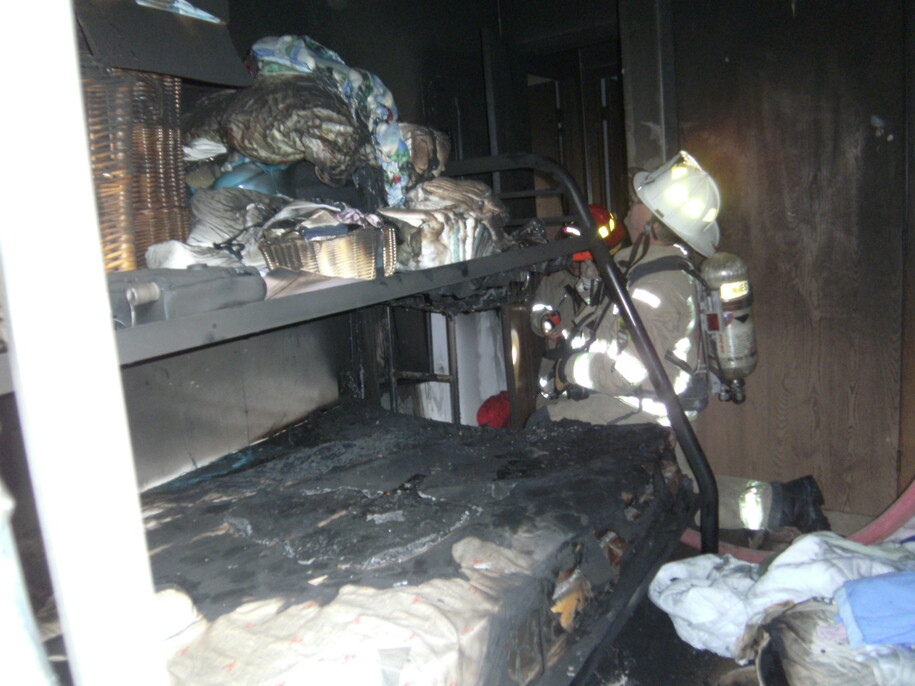The Fire/Explosives Section examines fire debris for the presence of accelerants. Explosives and explosive residues are examined for chemical makeup. All fire and explosive materials are submitted to the laboratory by the fire service and law enforcement officials.

ANALYSIS OF FIRE DEBRIS
The most common technique the laboratory uses for ignitable liquid analysis is called "passive headspace concentration". This method extracts trapped ignitable liquid residues that are still possibly present in the fire debris. After being extracted from the evidence sample, the trapped ignitable liquid molecules are put into a liquid solution of carbon disulfide. The solution is then injected into a gas chromatograph/mass spectrometer. This instrument creates an electronic representation of the organic chemicals in the sample mixture. The instrument produces a "total ion chromatogram" which can then be further subdivided into specific ion fragment profiles and mass spectra to determine the presence or absence of characteristics specific to ignitable liquids.
| Ignitable Liquids | Percentage |
|---|---|
| Light Petroleum Distillates | 3% |
| Medium Petroleum Distillates | 7% |
| Heavy Petroleum Distillates | 4% |
| Miscellaneous | 4% |
| Gasoline | 24% |
| Mixtures | 3% |
| No Ignitable Liquids | 49% |
| Comparison Samples | 2% |
| Improperly Packaged | 4% |
| Total | 100% |
Explosive devices, powders or residues are analyzed for chemical composition. The most common types of explosives analyzed by the Crime Lab include black powders and substitutes, smokeless powders, and pyrotechnic compositions. All explosive devices should be rendered safe prior to submission to the laboratory.
For more information, visit the following websites:
- International Association of Arson Investigators Iowa Chapter
http://www.iowaiaaichapter.org/ International Association of Arson Investigators
http://www.firearson.com/
